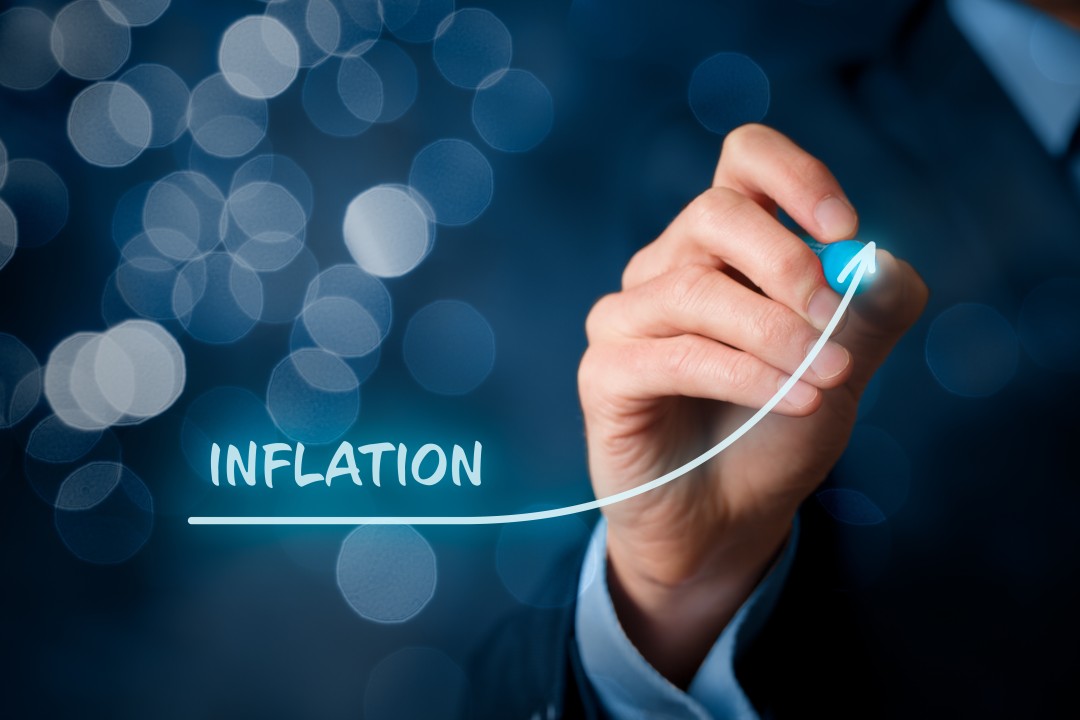As Differential Capital’s quarterly review shows, the performance of retail sector stocks has been varied this year. As a whole, the sector, which includes food and clothing retailers, underperformed the benchmark. However, food retailers have generally shown good performance, with the notable exception of Spar. Moreover, we see that performance has been driven more by rating changes rather than earnings revisions. This may be somewhat justified, since the sector is generally considered as being a good hiding place in times of affordability pressures.
Food consumption is defensive in the sense that retailers’ sales volumes rarely see a decline at an industry level. Volume growth is generally linked to inflation, with high levels of inflation generally leading to declines in volumes. However, even in periods of excessive inflation, we have not seen material declines in volumes, which speaks to the defensiveness of the sector.
Food retailers generally sell more than just food, so a large component of their sales is derived from items that are more discretionary in nature. However, even when we look at food consumption in isolation, we see a significant amount of price elasticity. Using South African data from 1945 to 2021, we find that food consumption levels shrink by almost 0.2% for every 1% increase in inflation, so food consumption has a price elasticity coefficient of 0.2.
Interestingly, the fact that volumes and pricing are negatively correlated for the sector means revenue is highly defensive in nominal terms. In periods of high inflation, what is lost in volumes is gained in price. The fact that the elasticity coefficient is significantly below 1 means that revenue generally benefits from inflation. For every 1% growth in prices, there is only a 0.2% shrinkage in volumes, resulting in a rise of 0.8% in revenue.
But price inflation only explains a portion of the variability in consumption levels. For instance, a constrained consumer may easily shift the volume-to-price curve downwards, resulting in less volume growth for a given level of inflation, and ultimately resulting in lower revenue. Nevertheless, the high-level conclusion we draw is that inflation has historically served the top-line well.
The big question is whether retailers can defend their bottom-line through periods of high inflation.
Margins are largely the outcome of the ongoing battle between food retailers and food producers. One of the best ways of keeping track of the outcomes of this battle is to compare consumer prices (CPI) to producer prices (PPI. Over the past decade, consumer prices have outpaced producer prices, which essentially means retailers are passing through higher increases than they get from suppliers.
Common wisdom is that food retailers lose out in times of high inflation. However, in 2017-18, retailers gained margins despite generally low levels of inflation. In terms of our positioning for the remainder of 2022, we rely on our proprietary datasets to help us gauge the direction in which this battle is going. Thusfar, the evidence points to food retailers continuing to pass on the high inflation on to consumers – which makes the sector a good place to shelter from the current inflationary storm.


